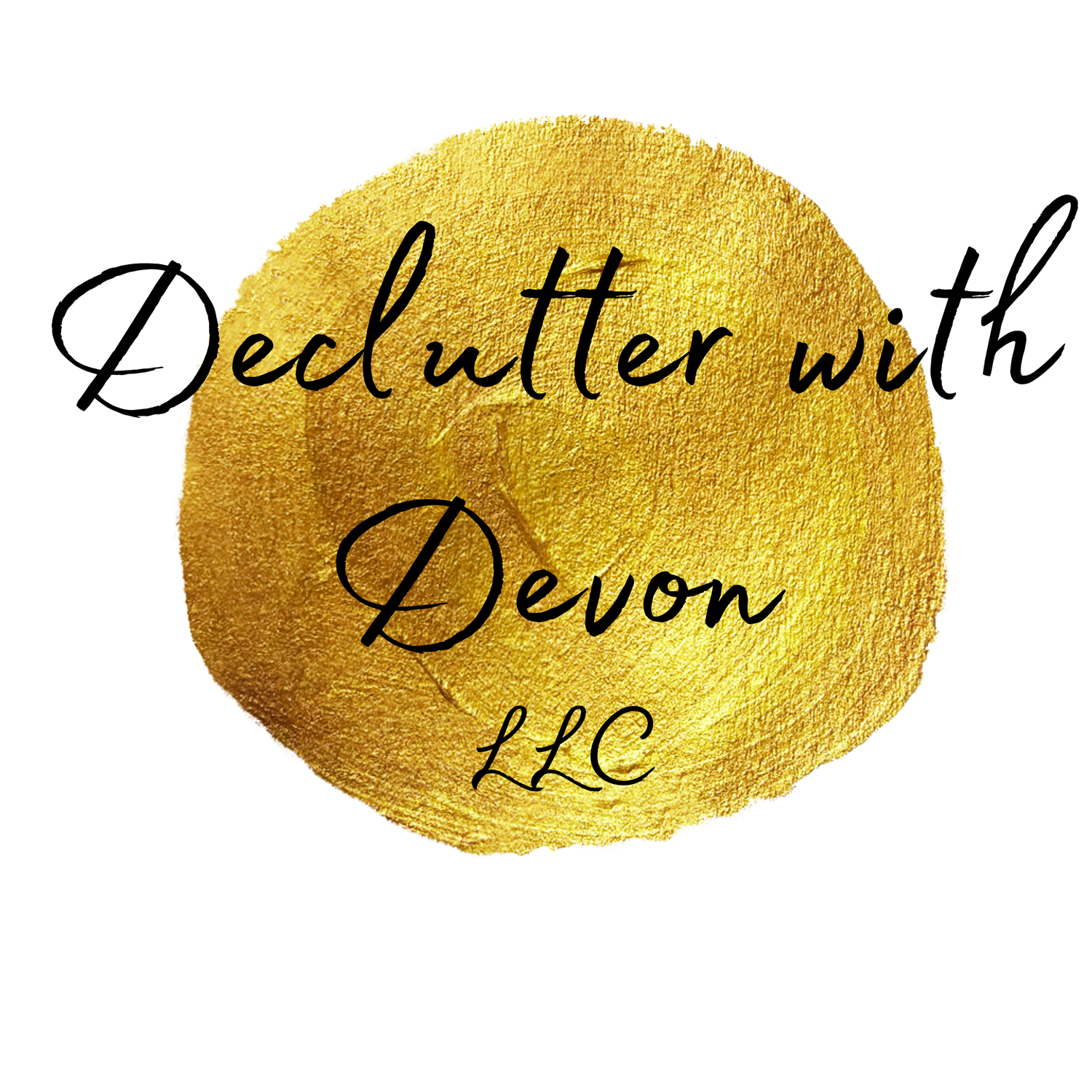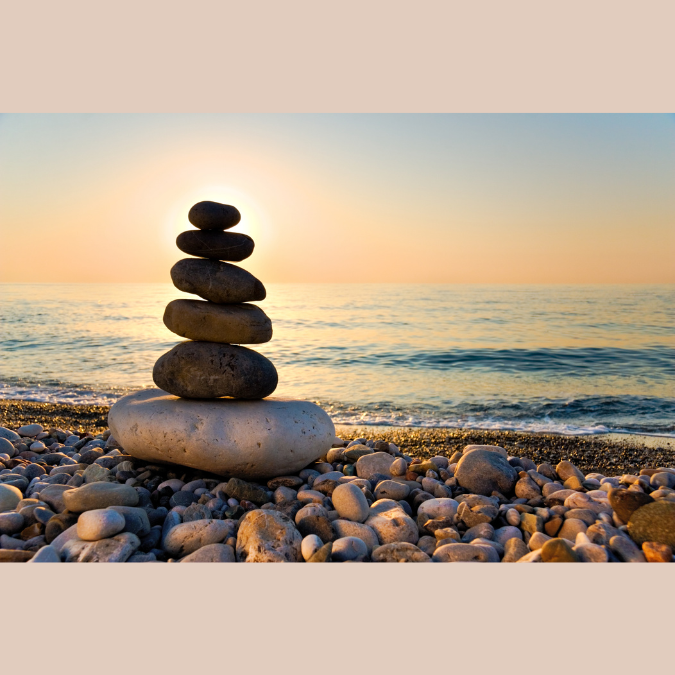Book Report: Clear Your Clutter with Feng Shui by Karen Kingston
This is a great book that gives insight on the connection between clutter and energy in your home. It’s a quick read and will leave you inspired to clear clutter and free up stagnant and trapped energy inside your home.
What is Feng Shui?
Feng shui is about the interplay between our living spaces and our inner selves. It is an ancient Chinese practice in which people honor and live in balance with the energy all around us. The energy is influenced (trapped, released) by and must also be in harmony with the physical world. So humans will have a more positive and peaceful existence if they are living in harmony with their environment and the energy within it.
By getting rid of clutter and creating balanced arrangements, individuals can harness the stagnant energy to improve their living spaces, find new passion and spark, and foster a sense of inner clarity and serenity.
The Cost of Clutter
In an interesting section, Kingston directs the reader to walk around your home and estimate the percentage of each room that is taken up by clutter. For example, in her list on page 33, she identifies rooms: foyer 5% clutter, living room 10%, kitchen, 30%, and basement 90% just to name a few. She then takes an average by adding up all the percentages and dividing by the number of spaces. In my example, that would be 5+10+30+90=135, divided by 4 rooms equals an average of 33% junk per room! You are paying a lot of money each month towards your rent or mortgage just to store clutter and junk!
Why Keep Clutter
Another section I found very interesting was identifying the reasons that folks keep clutter. See which of these reasons might apply to you:
“Just in case”
This is a common one. We think we might need it someday. We’ve already spent money on it and don’t want to have to buy another one in the future yet we haven’t touched it in years. Here’s the thing: you are constantly paying for that item if you keep it. You are paying to store it, and you are paying with your energy and time when you think about it, move it, clean it, and maintain it. It is better to release the item and if you need it in the future, you can repurchase it.
The Minimalists did an experiment and realized that most items can be obtained within 20 minutes for $20 or less. If you live in an urban area, this is very likely true for you too.
Joshua Becker encourages us to ask “What would I use if I didn’t have this item?” Often, you have another item in your home that you would use and it would work just fine.
If you truly find yourself down the road without a needed item, sometimes the in-the-moment creativity of problem-solving what else you could substitute can spark a feeling of adventure. Trust that you can get it or a similar item again if you need it and let it go.
Your clutter is your identity
You have old things that you used or loved previously but now you are in a new season of life. When I first started decluttering, I realized that much of what I was getting rid of was my college self. Here were the jeans I wore in college, but don’t wear anymore. Here are the CDs I listened to in college. Here are the notebooks from my classes that I haven’t touched in a decade. While I continue to have many fond memories of college, I am in a new season of life and am very unlikely to need any of those items again.
Think of your memories and sense of self as separate from these items. You will continue to be who you are and have your wonderful memories without these old items creating clutter and holding you back from your current life.
Clutter: unwanted gifts
You receive items from friends or family members and you don’t really want the item but feel you would be throwing away their love and kindness.
When you look at an item and feel bad or guilty and are only keeping it out of duty, this sucks up your energy and makes you feel terrible. Do not keep items that make you feel bad, sad or mad! Your love and their love for you is separate from the gift. They want you to feel happy and loved. Release the item that was given with love to find a new home where it can be loved and utilized.
If an item is especially sentimental and you love it you may choose to display it as part of the decor in your home. Make sure that the energy of the object is not holding you back from building your current life! Alternately, you may also choose to take a picture and then release the item.
Your clutter shows your status or self-worth
Sometimes folks buy and keep things for appearances, to show off their wealth, keep up with neighbors or friends or to combat low self-esteem. None of this is a good reason to have and keep clutter.
Shopping as an emotional band-aid
I have had clients tell me specifically that they are shopping as a way to fill an emotional void. They are looking for that dopamine hit: it fills our time and gives us a pleasure rush. Marketing and ads tell us we are doing the right thing. However, we do not need the item(s) and they immediately become clutter in our overloaded home. If this rings true for you, first try to identify how you are feeling when you get the impulse to shop. Are you lonely, bored, stressed, or avoiding something? What is a healthier way to get that need met other than shopping? Would it be better to call a friend, go for a walk, play a card game with your partner, or pick a clutter-free self-care activity such as a face mask, sipping a tea, soaking in a bath, having your nails done, or getting a massage?
Inherited Clutteritis
Many times folks who struggle with clutter grew up in homes where there was a lot of clutter. Sometimes clients confess to me that their parent was a hoarder. It is very difficult to unlearn the routine and culture that was “normal” to you growing up. This is true for all aspects of your life, and goes was beyond clutter and/or hoarding. You will have to work hard to change your mindset and your habits around your stuff. Try asking organized friends about their habits and home maintenance routines, access all the amazing self-help content out there, or hire a professional organizer.
Bagua (Energy Map) and Clutter
I found this to be one of the most interesting topics of the book. The bagua is the feng shui energy map. You can apply it to your whole home, and to each room in the home. The bottom is always the door or entryway. When you have clutter in a related area of the bagua, you generally have trouble with that aspect of your life. Karen Kingston’s book is full of examples such as: the client’s business was failing, the prosperity area of their home office was full of clutter, the client cleaned out the clutter and within a few days was flooded with new business opportunities!
Kingston gives examples of how to apply the bagua to non-square shapes and homes that have cutouts in the next pictures. Remember, you can apply the bagua to the whole home, but also to each room within. For example, you will have an area of the house that relates to creativity, such as a bedroom, but you can also apply the grid to the individual bedroom as well. If you have specific areas of clutter, it would be interesting to clear it out and see if you notice any change in the corresponding aspect of your life according to the bagua!
This blog post is only scratching the surface of what is in the book, “Clear Your Clutter with Feng Shui” by Karen Kingston. If you enjoyed it, I recommend reading her book and trying to apply some of the principles in your own home. I would love to hear how it goes!






